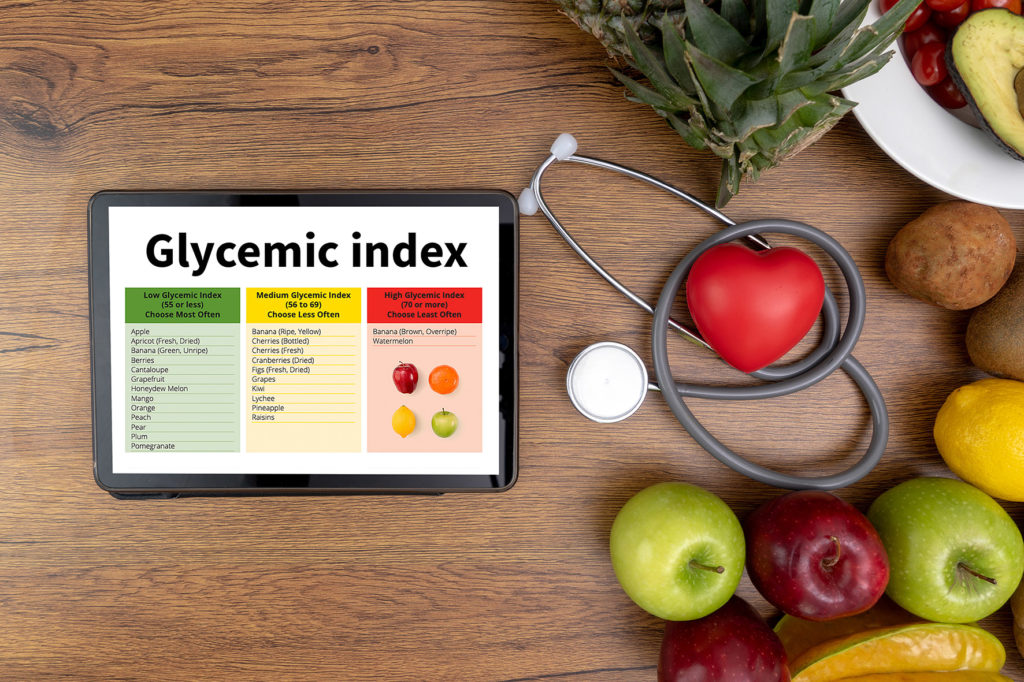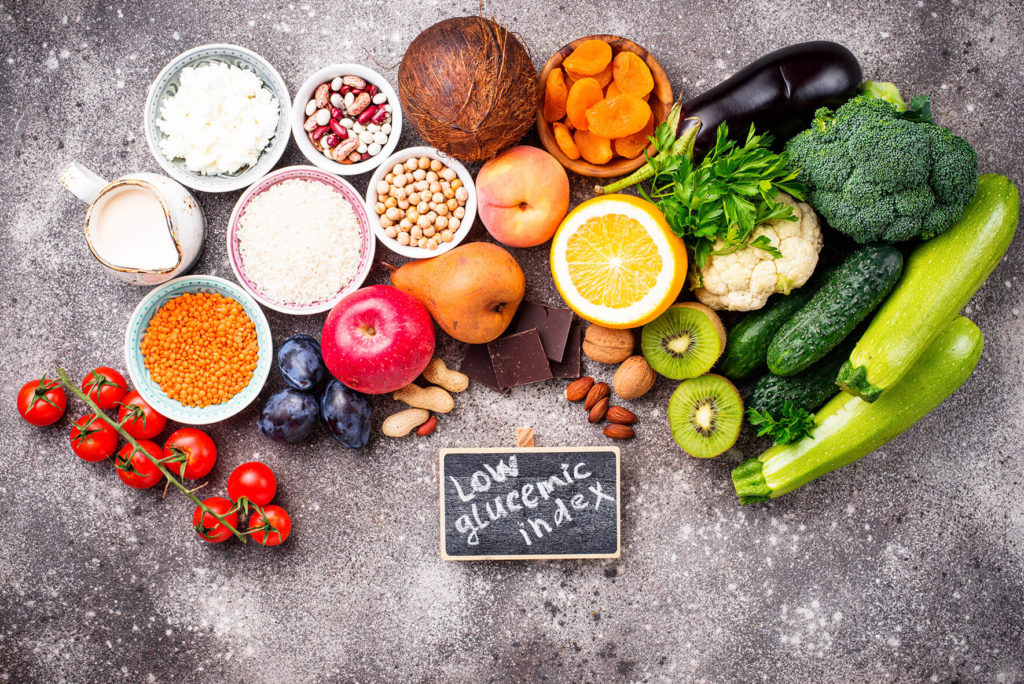The discovery of the Glycaemic Index(GI) has challenged the traditional classification of carbohydrates into 'fast sugars' and 'slow sugars'. The GI is a scale ranging from 0 to 100 and reflecting the ability of a food to raise blood glucose levels after ingestion.
It also provides information about the amount of insulin secretion that occurs in response to any increase in blood glucose. The choice of carbohydrates is essential for the athlete because it conditions physical condition and performance.
CLASSIFICATION OF CARBOHYDRATE FOODS
Carbohydrate foods are classified into three categories according to
their GI:
Low GI 40>Medium GI between 40 and 60 > High GI > 60.
The reference standard is pure glucose (GI = 100).
While the type of carbohydrate (complex or simple) has little influence on the GI, other factors such as the degree of cooking or industrial processing increase it, while the presence of fibre, lipids and proteins reduces it.
For example, wholemeal pasta "al dente" will have a lower GI than well-cooked white pasta.
The main sources of dietary carbohydrates are: sweet products, starchy foods and fruit. Vegetables contain little carbohydrate and are therefore considered to have a negligible impact on blood sugar levels.
IMPLICATION FOR THE SPORTSMAN
On a daily basis, in order to maintain and renew glycogen stocks (body reserves of glucose):
- Favour low GI foods: unrefined (wholemeal) and unprocessed cereal products and products made with wholemeal or semi-wholemeal flour, dried vegetables and whole fresh fruit;
- Limit (but do not exclude) pure sugar, sweetened products and high GI foods in isolation: they cause disturbances in blood sugar levels and promote the formation of fatty tissue.
- Compose meals and snacks that include a balance of protein, fat, carbohydrate and fibre.
NB: Most foods are not eaten on their own but are part of a meal. Thus, a high GI food (in moderate amounts) included in a meal will have little influence on final blood glucose levels.
On the other hand, there are two specific times when the intake of high (or even moderate) GI foods is beneficial for the athlete:
- During and/or just before exercise to provide a source of energy directly usable by the body and avoid hypoglycaemia (fall in blood sugar levels).
- Favour liquid forms (exercise drinks), which are easier to digest
- Supplement, according to tolerance and needs, with "solid" products (gels and carbohydrate bars, etc. ).
After the effort associated with proteins (or amino acids) to optimize their absorption and the muscular and hepatic recovery.
This intake also contributes to the recharging of muscle glycogen. However, there is no need to overdo it as the body replenishes its glucose reserves during the 12 to 24 hours after physical activity.



